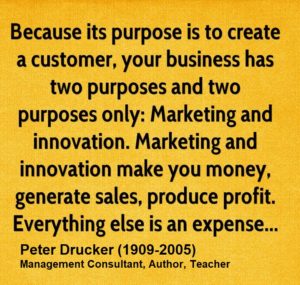There are many elements of that go into a successful SaaS business.
The foundation is the Product Matrix. You need a good product with a clean UX design that is easy to use. There has to be a Product/Market fit. There has to be a pain point in the market that you are fixing.
Or in the case of AirBnB and Uber, you make a process easier AND make the product cheaper. The Race to Zero abounds.
Next you have to have Deployment or Service Delivery. In the case of many SaaS products like CRM, email, payroll, QB, et al, there aren’t that many moving parts. However, in the case of UCaaS and CCaaS, yes, indeed, there are many moving parts. There is much to do pre-sale and post-sale in order to implement the solution to the customers’ satisfaction. This is a problem for many telcos and service providers. The no truck roll policy as if zero touch provisioning wasn’t the same as Microsoft’s Plug n Pray in the 90s.
Lest we forget, we need a Sales Engine. Both direct and indirect sales channels are in heavy use today to keep Wall Street happy. (Cuz Wall Street is the real customer for public companies.)
In the case of the indirect channel, there are a number of components needed to have a prosperous program. Training, Compensation, marketing collateral, portal, deal registration and a pro-channel attitude are requirements. There is more to it than that, but I have written about that before.
The other piece is the marketing. The Buyer Persona, the target audience, the Value Proposition, the collateral, the training, the customer experience, the product design and a whole lot more makes up marketing.
Product + Deployment + Sales + Marketing = Success
If any one of these elements fails, game over until it is fixed.
The Sales Teams have to trust that the Product works and will deployed for customer satisfaction; otherwise sales stops selling. [This is a problem even with direct sales teams.]
If the marketing is bad, the sales teams have to wing it. Why is that bad? Product/Market fit includes value proposition, target market and buyer persona. Without these 3 ingredients, sales teams will have to cast a wide net, waste time on prospects that will never buy, and get frustrated.
All of these things are tied together. And in a perfect world there would be a feedback loop that would allow sales and marketing to help the product get so good that it basically sells itself.

